Eye discharge in toddlers can be concerning for parents. While it might seem alarming, it is often a sign of a manageable condition. This guide breaks down the possible causes, effective treatments, and preventive measures for toddler eye discharge to keep your child comfortable and healthy.
Medical Visits vs. Home Treatments
| Treatment Method | Percentage of Cases (%) |
|---|---|
| Home Treatments | 70% |
| Medical Visits | 30% |
What Is Toddler Eye Discharge?
Eye discharge, commonly referred to as “eye boogers,” is a buildup of mucus, oil, and debris that collects in or around the eyes. It can vary in color, consistency, and quantity, ranging from clear and watery to thick and yellow-green.
Is Eye Discharge in Toddlers Normal?
In small amounts, especially upon waking, eye discharge is normal. However, excessive or persistent discharge accompanied by redness, swelling, or discomfort may indicate an underlying condition that requires attention.
Common Causes of Toddler Eye Discharge
1. Blocked Tear Ducts (Nasolacrimal Duct Obstruction)
This is a common cause of eye discharge in toddlers. Tear ducts can become blocked, leading to watery eyes and a sticky discharge. Blocked tear ducts occur when the pathway that drains tears from the eyes to the nose fails to open properly, which is especially common in newborns and young toddlers.
- Symptoms: Persistent tearing, clear or yellow discharge that often pools in the corner of the eye. In severe cases, the area near the tear duct may appear red or swollen.
- Treatment: Gentle massage of the tear duct area several times a day can help to open the blockage. Use clean hands and apply slight pressure in a downward motion toward the nose. In some cases, if the condition persists beyond the first year of life, a doctor may recommend minor surgical procedures, such as probing, to open the duct.
2. Conjunctivitis (Pink Eye)
Both bacterial and viral conjunctivitis can cause eye discharge. Conjunctivitis is highly contagious and often spreads quickly in daycare or preschool environments, making early detection critical.
- Symptoms: Redness, swelling, and thick yellow or green discharge. In bacterial conjunctivitis, the discharge often forms a crust overnight, making it difficult for the toddler to open their eyes in the morning.
- Treatment: Antibiotic eye drops or ointments for bacterial conjunctivitis, prescribed by a doctor, typically resolve symptoms within a few days. For viral conjunctivitis, supportive care such as cool compresses and saline rinses can alleviate discomfort. In both cases, ensure the child’s hands are washed frequently to prevent the spread of infection.
3. Eye Allergies
Allergic reactions to environmental factors such as dust, pollen, pet dander, or smoke can cause eye irritation and watery discharge. These allergies may be seasonal or year-round depending on the allergen.
- Symptoms: Watery, itchy eyes with clear discharge. Other signs may include sneezing, nasal congestion, or skin irritation.
- Treatment: Antihistamine eye drops can provide immediate relief for allergic symptoms. Minimizing exposure to allergens by using air filters, keeping windows closed during high-pollen seasons, and regularly cleaning the home can reduce symptoms significantly. If symptoms persist, consult an allergist for a personalized management plan.
4. Foreign Objects or Irritants
Small particles like dust, sand, or tiny insects can irritate the eye and trigger watery discharge. This is a common issue for toddlers who often play outdoors or in environments with loose particles.
- Treatment: Rinse the eye gently with saline solution or clean water. Avoid rubbing the eye, as this may push the particle deeper or scratch the eye’s surface. If the object cannot be removed easily or if redness and discomfort persist, consult a pediatrician or ophthalmologist.
5. Infections
Eye infections can range from mild to severe, depending on the cause.
- Styes (Hordeolum): These are red, swollen lumps on the eyelid caused by bacterial infection of an oil gland. They often result in localized pain and discharge.
- Treatment: Apply warm compresses several times a day to encourage drainage. If the stye does not improve within a few days or becomes larger, medical treatment may be necessary.
6. Cellulitis
- This more serious infection affects the tissues around the eye, causing redness, swelling, and severe pain. In some cases, it may also restrict eye movement.
- Treatment: Immediate medical attention is required. Oral or intravenous antibiotics are typically prescribed, and hospitalization may be necessary for severe cases. Early treatment can prevent complications, including the spread of infection to other parts of the face or brain.
When Should You Worry About Toddler Eye Discharge?
Warning Signs to Watch For:
- Persistent redness and swelling
- Severe pain or discomfort
- Fever accompanying eye symptoms
- Vision changes or difficulty opening the eye
If any of these symptoms occur, seek medical advice promptly.
Symptoms and Severity
| Symptom | Severity Level (%) |
|---|---|
| Redness | 60% |
| Swelling | 75% |
| Discharge | 50% |
| Itchiness | 40% |
Effective Treatments for Toddler Eye Discharge
1. Home Care Tips
- Use a clean, damp cloth to gently wipe away discharge as often as needed, ensuring the cloth is clean for every use.
- Apply warm compresses to soothe irritation and help loosen dried discharge, using a soft, lint-free fabric for best results.
- Ensure your child avoids rubbing their eyes, which can worsen irritation or spread potential infections. Encourage distraction techniques, such as offering toys or engaging in activities.
2. Medical Treatments
- Eye Drops/Ointments: Prescribed for bacterial infections to reduce symptoms and eliminate the cause effectively. Always follow the full course prescribed, even if symptoms improve early.
- Massage Therapy: For blocked tear ducts, this can stimulate the area and improve drainage. A pediatrician can demonstrate the correct technique for optimal results.
- Allergy Medications: Over-the-counter or prescription antihistamine eye drops can alleviate symptoms related to allergies, but avoid prolonged use without medical advice.
3. Hygiene Practices
- Regular handwashing is crucial to prevent the spread of germs that can exacerbate eye conditions. Teach your toddler simple handwashing routines using fun soap dispensers or songs.
- Avoiding shared towels or linens, especially during illness outbreaks, can significantly reduce the risk of cross-contamination in households or daycare environments.
Prevention of Toddler Eye Discharge
1. Maintain Eye Hygiene
- Teach your toddler not to touch their face or eyes unnecessarily. Reiterate this habit frequently to instill good hygiene practices.
- Clean your child’s face daily with gentle soap and water, paying close attention to the eye area to remove any buildup of dirt or debris.
2. Reduce Allergen Exposure
- Use air purifiers to minimize airborne allergens, especially during high-pollen seasons.
- Regularly wash bedding, curtains, and stuffed toys to reduce dust and dander accumulation that can trigger allergic reactions.
3. Vaccinations and Checkups
- Ensure your child’s vaccinations are up to date, as certain immunizations can help prevent infections that may affect the eyes.
- Schedule regular pediatrician visits to monitor your child’s overall health and address any early signs of potential eye problems.
4. Protective Measures During Play
- Encourage your child to wear protective eyewear during activities that might expose their eyes to dirt or sand, such as playing at the beach or in a sandbox.
- Supervise activities involving small toys or objects that could accidentally come into contact with the eyes.
Fact:
A blocked tear duct is the most common cause of persistent eye discharge in infants, affecting up to 20% of newborns. The condition often resolves on its own within the first year.
Source: American Academy of Ophthalmology
Another noteworthy point: children with seasonal allergies are twice as likely to develop eye-related symptoms, including discharge, during peak allergy seasons. Early identification and management can drastically improve comfort and prevent complications.
Source: American College of Allergy, Asthma, and Immunology
Preventive Measures Adoption
| Preventive Measure | Adoption Rate (%) |
|---|---|
| Regular Handwashing | 85% |
| Cleaning Face Daily | 70% |
| Reducing Allergen Exposure | 60% |
| Wearing Protective Eyewear | 45% |
Editorial Advice
Toddler eye discharge is often manageable with the right care and precautions. Pay attention to changes in your child’s symptoms and consult a healthcare provider if necessary. Remember, early intervention can prevent complications and ensure your toddler’s eyes remain healthy and irritation-free. As a parent, staying informed and proactive is the key to your child’s comfort and well-being.



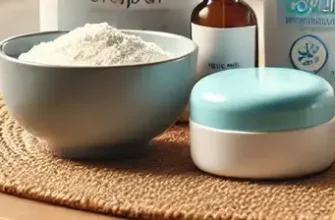

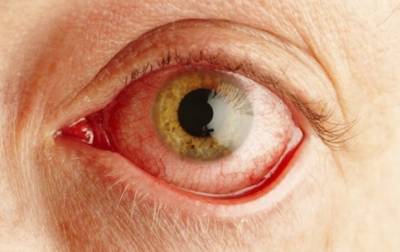
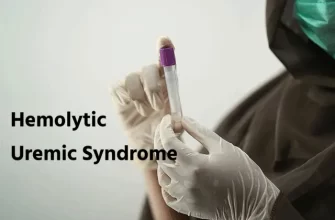
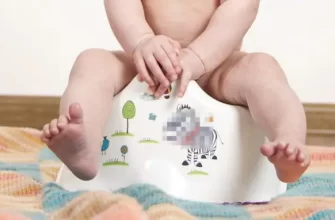
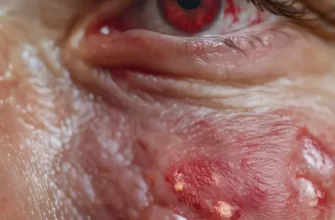

My son recently had such a problem. I took my son to the doctor, the doctor prescribed my son drops and ointment. I did everything the doctor said a few days and then everything went